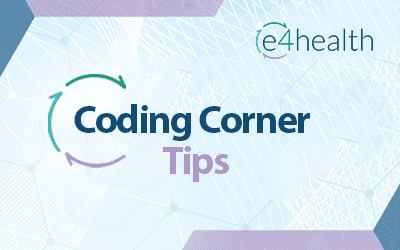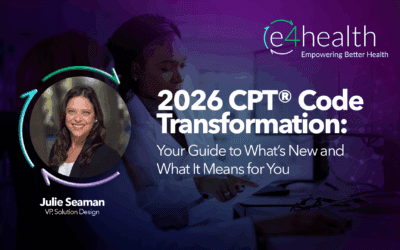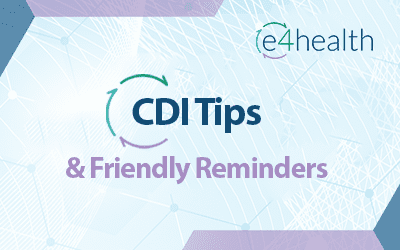Coding and CDI Tips
Sharing knowledge, experience, innovations and best practices to help organizations keep pace in the ever-changing healthcare industry
Coding and CDI Tips
Coding Tips: Chemotherapy Desensitization
Chemotherapy Desensitization (2Q 2025 Coding Clinic) When a patient is admitted for chemotherapy desensitization, assign code Z51.11, Encounter for antineoplastic chemotherapy, as the principal diagnosis. Chemotherapy desensitization...
Coding Tips: Lymphovascular Invasion
Lymphovascular Invasion (2Q 2025 Coding Clinic)The patient underwent an outpatient radical prostatectomy with pelvic LN dissection for prostate cancer. The final diagnosis listed on the pathology report indicates lymphovascular invasion; however, it also confirmed...
MRC Insider – 6th Edition
2026 CPT® Code Transformation: Your Guide to What’s New and What It Means for You
Coding Tips: Local Invasion of Cancer
Local Invasion of Cancer (2Q 2025 Coding Clinic)Pathology findings indicate poorly differentiated carcinoma/right renal cell carcinoma, invading the renal vein and renal sinus after a right robotic radical nephrectomy on an inpatient stay. Assign only code C64.1,...
CDI Tips: Intellectual Disability
Topic: Intellectual Disability Definition: Intellectual disability, formerly known as mental retardation, characterized by: Impairment of intellectual function (IQ< 70) Associated with adaptive behavior problems Begins prior to age 18 Disrupts abilities necessary...



